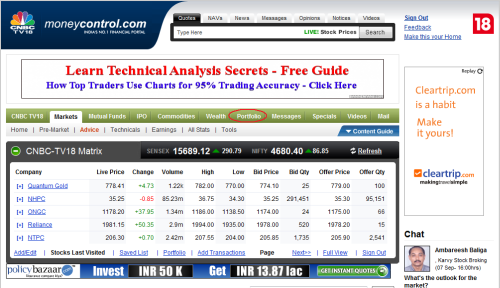Over the weekend I read an excellent piece from Bad Money Advice on Dollar Cost Averaging, which linked to another great piece on the same topic by The Digerati Life, and a great video on the subject by Professor Ken French (you might have heard of Fama and French).
Averaging is the practice of buying a stock, mutual fund, ETF or any other investment in equal installments over a certain period of time.
Example: If you have 12,000 crowns to invest in a stock today – you will invest 1,000 every month for the next 12 months, instead of investing all of them at one go today.
Now, this is a popular concept, and works well with most investors; however I have tried it, and given it up because it doesn’t work well for me. Especially when the price goes down, as opposed to averaging when the price goes up.
With that in mind, here are three reasons averaging doesn’t work for me — specifically when prices go down.
- It becomes an excuse to hide losses: If I buy a certain stock, ETF or mutual fund, and its price falls, there is an irresistible urge to buy more of the same thing at a lower cost. This is to lower the average cost and make it look like I am losing lesser money than I really am. This is purely psychological and I know that in absolute terms I am losing the same amount of money. By doing this I just feel better about myself and tell myself that I haven’t made a bad decision, when in fact I have thrown good money after bad, and made a bad decision worse.
- Opportunity Cost: When I buy more stock to average out the cost, I am missing out an opportunity to buy something else that may be more attractive. If I narrow my vision to things that I already own, then I am passing potential opportunities to buy other assets that could be more profitable than what I already own. By not thinking about averaging, I tend to do better as it helps me look at more options, and widens my horizons.
- Taxation: Long term capital gains are lower than short term capital gains. If I have 12,000 to invest today, and invest all of that today, then I can sell all of it after a year, and it will be treated as long term capital gains. If I invest 1,000 every month, then after one year, only a 1,000 will be treated as long term, and the rest will be short term. (This is just an indicative example)
Out of these reasons, the first one was really killing me, and although I knew right from the start that it made no sense, it took me about a couple of years to get rid of the habit.
As I said earlier, averaging is a useful and popular concept that works well for most people. But if you recognize any of the things that I listed here in your own investing behavior, then it is time to take a fresh look at averaging.

